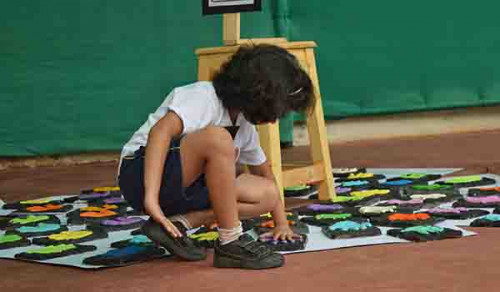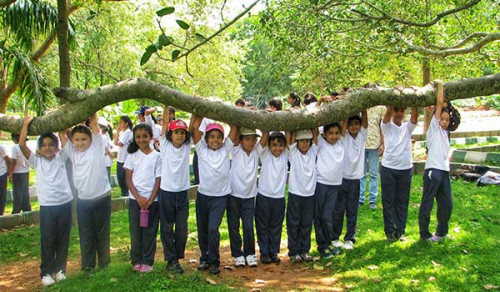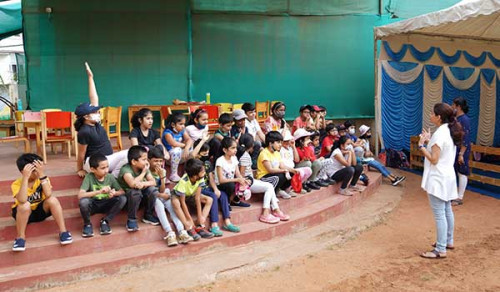
We at I Can have explored the nature of learning through cognition, emotion and biology. We have concluded with the analyses of the implications for different types of learning in varied environments, synthesizing to create seven transversal principles to guide the development of learning environments in the 21st Century!
1. Learners at the center.
Learners are the central players in the environment and therefore activities concentrate on their cognition and growth.
Learning activities allow students to construct their learning through engagement and active exploration.
This calls for a mix of pedagogies, which include guided and action approaches, as well as co-operative, inquiry-based, and service-learning.
2. The social nature of learning
The learning environment is founded on the social nature of learning and actively encourages well-organized cooperative learning.
Neuroscience confirms that we learn through social interaction – the organization of learning should be highly social.
Co-operative group work, appropriately organized and structured, has demonstrated very clear benefits for achievement as well as for behavioural and affective outcomes. Co-operative methods work for all types of students because, done well, they push learners of all abilities.
3. Emotions are integral to learning
Learning results from the dynamic interplay of emotion, motivation and cognition, and these are inextricably intertwined.
Positive beliefs about oneself as a learner in general and in a particular subject represent a core component for deep understanding and “adaptive competence”.
Emotions still tend to be regarded as “soft” and so their importance, though accorded in theory, is much more difficult to be recognised in practice.
4. Recognising individual differences
Students differ in many ways fundamental to learning: prior knowledge, ability, conceptions of learning, learning styles and strategies, interest, motivation, self-efficacy beliefs and emotion; they differ also in socio-environmental terms such as linguistic, cultural and social backgrounds.
Prior knowledge – on which students vary substantially – is highly influential on how well each individual learns.
5. Stretching all students
Being sensitive to individual differences and needs also means being challenging enough to reach above their existing level and capacity; at the same time, no one should be allowed to coast for any significant amount of time.
6. Assessment for learning
The learning environment needs to be very clear about what is expected, what learners are doing, and why. Otherwise, motivation decreases, students are less able to fit discrete activities into larger knowledge frameworks, and they are less likely to become self-regulated learners.
7. Building horizontal connections
A key feature of learning is that complex knowledge structures are built up by organizing more basic pieces of knowledge in a hierarchical way. If well-constructed, such structures provide an understanding that can transfer to new situations - a critical competency in the 21st century.
Conclusion
I Can has always prioritized our learners and the quality of education they receive. We thrive to find the perfect learning methods that yield the best results for our young minds! It is our vision to emerge as a Center of Excellence which prepares learners to transform into responsible, well-informed Global Citizens who contribute to the betterment of society in the most transparent, ethical and responsible manner.